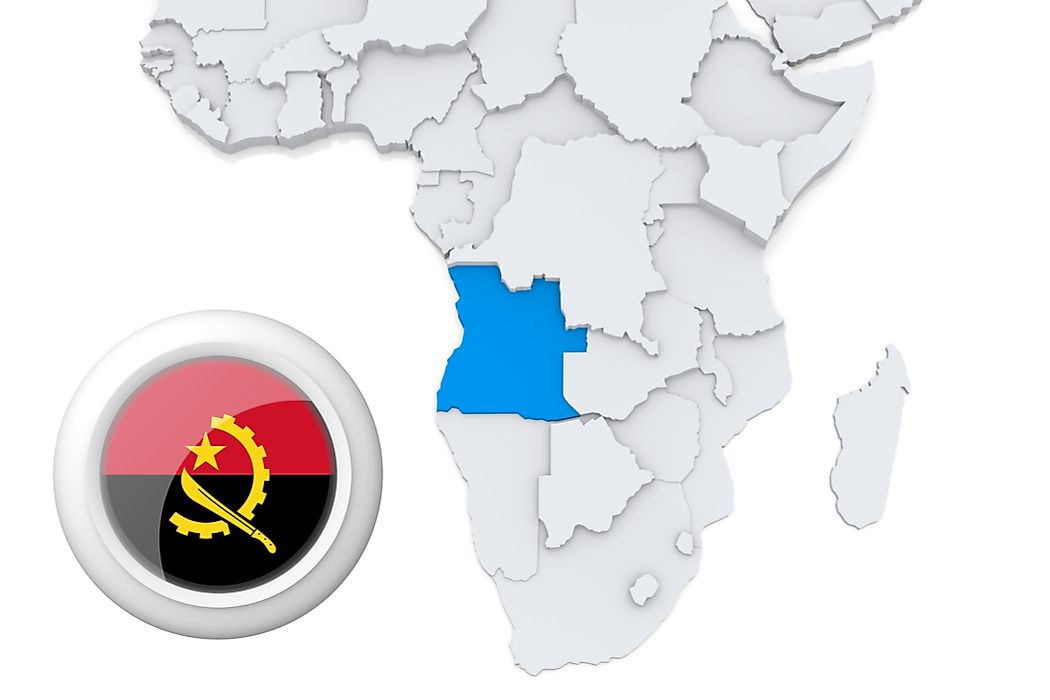What Continent Is Angola In?

Angola is the seventh largest country on the continent of Africa, and is found along the western coast of Southern Africa. Angola borders Zambia to the east, the Atlantic Ocean to the west, Namibia to the south, and DRC to the north. According to the census taken in 2014, Angola has a population of 25.8 million people. It is also a multiethnic country. The official languages are Portuguese, Kwanyama, and Kikongo among others. Angola is a member state of OPEC, United Nations, and African Union.
Economy
Economically, Angola is rich in wildlife, oils, gold, copper, and diamonds. Since independence, diamonds and oil served as the main economic resources. However, a civil war between the ruling party MPLA and UNITA greatly affected these resources. Agriculture plantations and smallholders farming equally dropped due to civil war.
In recent years, Angola’s economy has improved to become the fastest growing in the world. In the years 2005 to 2007, it had an average GDP growth of 20%. Angola in the years between 2001 and 2010 had the world’s highest annual average GDP growth of 11.1%. Angola’s biggest trade partner is China. China imports diamonds and crude oils from Angola while Angola imports construction materials, electrical products, and parts of machines from China. However, although Angola’s economy has grown quickly, the country faces great social and economic problems. This is because of perennial armed conflicts from 1961.
Wildlife and Tourism
Wildlife also contributes enormously towards the economy through tourism. Angola has several nature reserves and National Parks in the southeast part of the country. Quicama National Park South of Luanda capital city has animals like black rhinoceros, giant sable antelope, and gorillas among others. There is also beautiful marine life along the Southern Coast. This great aquatic life thrives due to the cold Benguela currents, which provide nutrients for temperate water animals.
Geography and Climate
Angola is twice the size of Texas or France. It is the world’s twenty-third largest country with an area of 1,246,620 kilometers. Although Angola is located in the tropics, it does not have a tropical climate. This is due to the influence of the Namib Desert, cold Benguela currents, and relief climate in the interior parts. Therefore, Angola’s climate has two seasons: drought from May to August, and rainfall from October to April.
Religion
In Angola, there are about one thousand religious communities. Half of Angola’s population consists of Catholics. They are mainly the Ovimbundu tribe of coastal and Central Highlands regions. The rest are Protestants, especially Kimbundu and Bakongo. The Protestant denominations and Catholics do charity work; they provide medical care, education, and crop seeds among other valuables to the needy.
Culture
Angola’s culture is predominantly African, especially Bantu. Portuguese culture has only influenced religion and language. Different tribes in Angola maintain their own cultures but mixed culture is evident in cities since the colonial period. In 2014, after a 25-year break, Angola went back to its National Festival of Angolan Culture. The festivals were held in all provincial headquarters lasting twenty days. The theme was ‘’Culture for Peace and Development.











